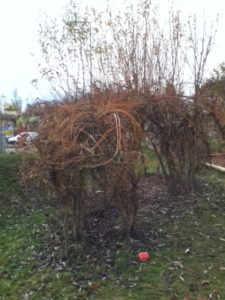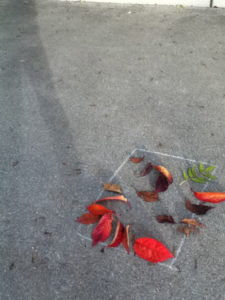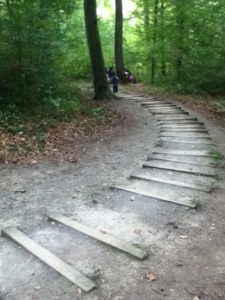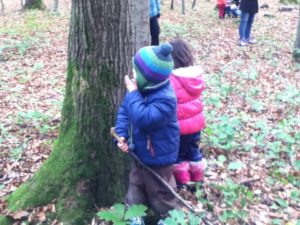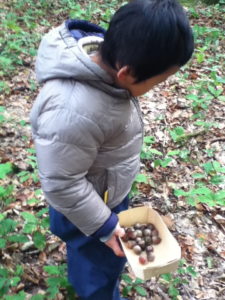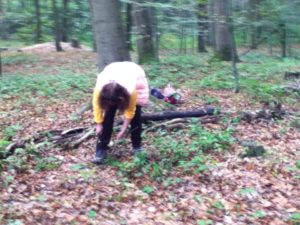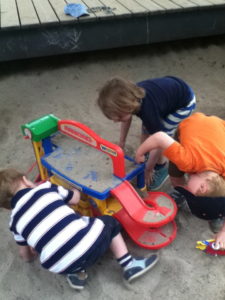Before writing about assessing students I first like to clarify:
What is a performance-based assessment?
The definition of performance-based assessments varies greatly depending on author, disciple, publication, and intended audience (Palm, 2008). In general, a performance-based assessment measures students’ ability to apply the skills and knowledge learned from a unit or units of study. Typically, the task challenges students to use their higher-order thinking skills to create a product or complete a process (Chun, 2010). Tasks can range from a simple constructed response (e.g., short answer) to a complex design proposal of a sustainable neighborhood. Arguably, the most genuine assessments require students to complete a task that closely mirrors the responsibilities of a professional, e.g., artist, engineer, laboratory technician, financial analyst, or consumer advocate. [1]
What are the essential components of a performance-based assessment?
Although performance-based assessments vary, the majority of them share key characteristics. First and foremost, the assessment accurately measures one or more specific course standards. Additionally, it is:
- Complex
- Authentic
- Process/product-oriented
- Open-ended
- Time-bound
Normally, students are presented with an open-ended question that may produce several different correct answers (Chun, 2010; McTighe, 2015). In the higher-level tasks, there is a sense of urgency for the product to be developed or the process to be determined, as in most real-world situations.[2]
 I would like to write about assessing student’s learning in relation to nature. I teach children aged 3 up to 5 years (Early Years students) at an International school, which follows the PYP curriculum of IB schools.
I would like to write about assessing student’s learning in relation to nature. I teach children aged 3 up to 5 years (Early Years students) at an International school, which follows the PYP curriculum of IB schools.
I will assess students against the standard ‘Showing an interest in and wondering about the immediate environment’ I would like the students to reach the following goals/objectives:
– The student is able to identify and name the 4 different seasons (spring, summer, autumn/fall, winter) related to the Unit of Inquiry “The Natural World”
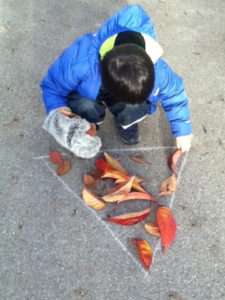
– The student shows awareness of how to take part in activities related to the Natural World
-The student makes links to their own experience when sharing the experiences with others
– The student listens to and demonstrates understanding by discussing experiences related to the Natural World
– The student gains some experience of the three columns of the forest pedagogy that are PURE –Protect (nature)-Use (Nature) –Relax (in Nature)
– The student recognizes natural resources (such as specific kind of leaves)
– The student identifies vocabulary-linked to the UoI “The Natural World” (such as soil, sun, rain, water, leaf, tree, root)
How are students able to make their learning visible?
Throughout the year I take the students to the forest, which shows some project-related learning. It is important to show what the students have learned throughout the forest-project.
Summative Assessment
Each time upon their return from the forest the students are asked to draw a picture reflecting the forest-trip. They make visible their learning as they express themselves artistically.
Each student is asked individually to describe what they have drawn on their picture. The children that are not able to express themselves verbally (we have 27 out of 34 children being EAL learners) will get an opportunity to explain what is on their picture while getting some extra Mother tongue support. This means that there are many adults being involved in assessing student’s understanding of the four different seasons in Germany.
Also, key vocabulary used identifies what the student has learned: through using words such as: tree, branch, color (red, orange, green), roots, mouse, squirrel, bunny – they show their understanding of what we saw and experienced in the nearby forest. Finally, their picture will be displayed with the children’s comments (that are written down in English, as well as in their Mother tongue).
Performance-based Assessment
At the end of school year the students will have a student-led-conference to show the parents what they have learned in relation to their nature experiences, – whether in the forest or at the outdoor environment nearby school.
One part of these conferences is a presentation, where each child:
Receives pictures of a tree related to the season: how does it look like in spring/summer/autumn-fall/winter?
The child shares with their parents what they have seen and concepts which they have understood.
Afterwards there is a slide show with different topics related to Nature:
In their Mother tongue the student talks about what they have seen, and what has been important to them.
Although some of our young learners don’t talk about these experiences at all, but the older ones are highly engaged in telling their parents about the forest and everything they have learned. For example what squirrels collect in autumn, why there is hardly any food for them during winter time, that they build nests in spring and like the warm sun rays in summer time.
Carola Deinet-Knittel
- [1] https://www.edutopia.org/blog/performance-based-assessment-reviewing-basics-patricia-hilliard
- Chun, M. (2010, March). “Taking teaching to (performance) task: Linking pedagogical and assessment practices.” Change: The Magazine of Higher Education.
- Darling-Hammond, L. & Adamson, F. (2013). Developing assessments of deeper learning: The costs and benefits of using tests that help students learn.
- McTighe, J. (2015, April). “What is a performance task?“
- Palm, T. (2008). “Performance assessment and authentic assessment: A conceptual analysis of the literature.” Practical Assessment Research and Evaluation, 13(4).
